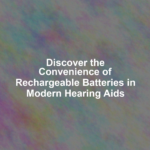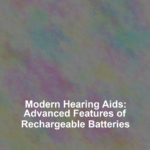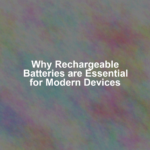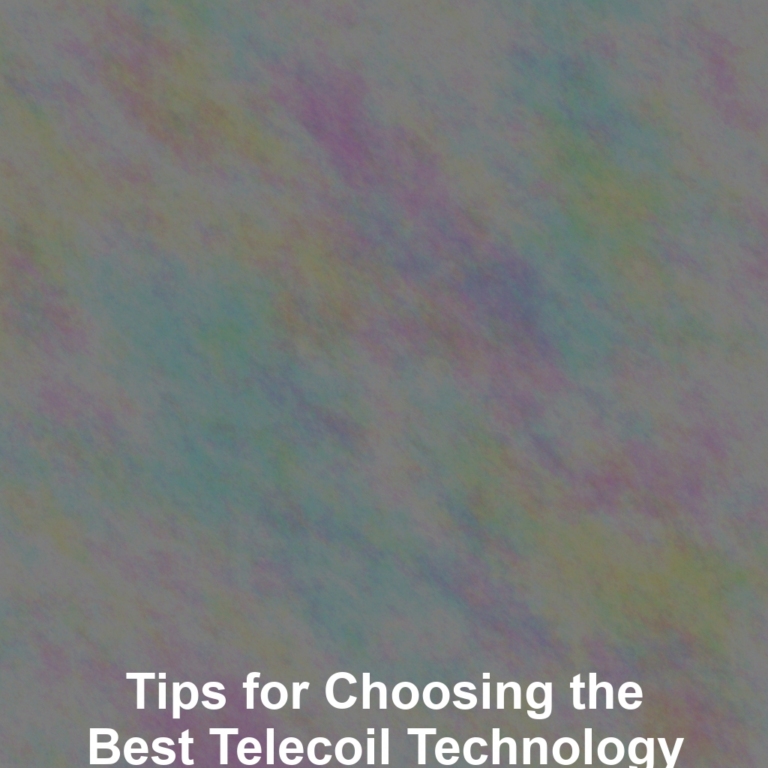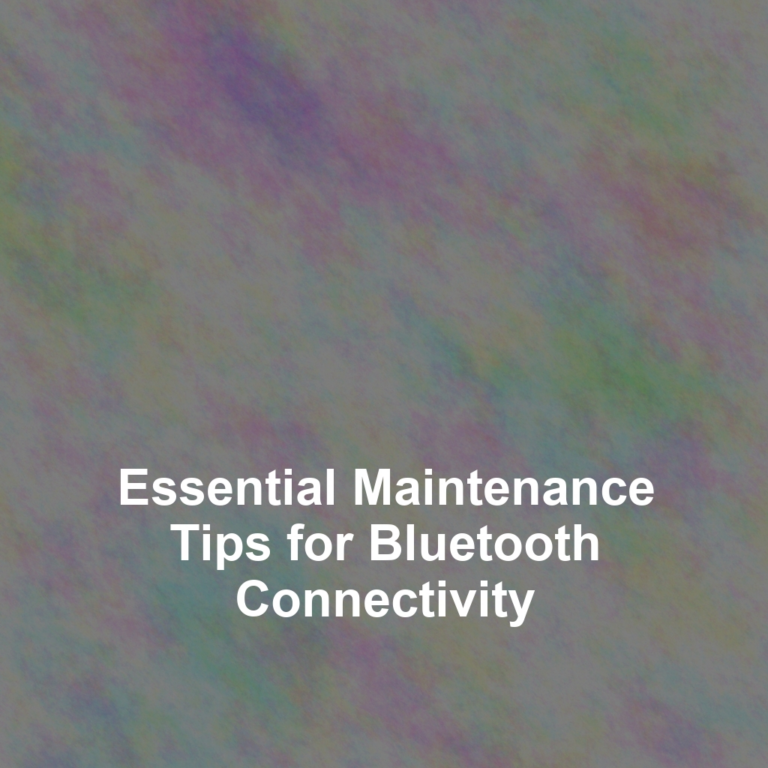Imagine a world where the constant struggle to replace tiny batteries in hearing aids is a relic of the past; this could be your reality with the advent of rechargeable batteries. As you navigate through the maze of modern hearing aid options, youG??ll find that rechargeable batteries offer a level of convenience and reliability that traditional disposable batteries canG??t match. TheyG??re designed to streamline your daily routines, reduce waste, and potentially save you money in the long run.
YouG??re probably wondering about their longevity, charging times, and how they stack up against their disposable counterparts in terms of performance. The answers to these questions could influence the way you interact with your hearing aids and, ultimately, the world around you. Keep in mind, the implications of this shift extend beyond personal benefit; they touch on broader environmental and economic concerns that affect us all.
So, why are rechargeable batteries poised to take the spotlight in the future of hearing aids, and what might this mean for you and the industry? Stay tuned as we unpack the potential that lies within these small but mighty power sources.
Understanding Rechargeable Batteries
Rechargeable batteries in modern hearing aids represent a significant advancement, allowing you to enjoy uninterrupted hearing support without the frequent need for battery replacements. Picture this: youG??re about to dive into a long-awaited family gathering, and right then, your hearing aid batteries fizzle out. With rechargeable batteries, you sidestep that hassle. TheyG??re built to last a full day on a single charge, so youG??re connected to the world without pause.
YouG??re likely wondering, G??How do they work?G?? Well, these batteries typically use lithium-ion or silver-zinc technology. YouG??ve probably heard of lithium-ion from smartphones and laptops G?? theyG??re reliable and can undergo hundreds of charge cycles. Silver-zinc batteries are also powerful, plus theyG??ve the perk of being non-flammable and eco-friendly.
Charging is a breeze. At night, you simply place your hearing aids into a charger, much like you do with your phone. By morning, theyG??re ready to go. You wonG??t be juggling tiny batteries or making emergency runs to the store anymore.
Embrace the convenience. Rechargeable batteries in your hearing aids mean less time fumbling and more time hearing clearly. IsnG??t that a change youG??d welcome with open arms?
Benefits for Hearing Aid Users
YouG??ll discover a multitude of advantages with modern hearing aids, as they enhance not only your hearing experience but also your overall quality of life. Rechargeable batteries offer a level of convenience that canG??t be matched by their disposable counterparts. Imagine never having to fumble with tiny batteries again. With just an overnight charge, youG??re set for the entire day, saving time and reducing frustration.
The benefits extend beyond convenience. YouG??re also making an eco-friendly choice. By switching to rechargeable batteries, youG??re minimizing waste and reducing your carbon footprint. Over time, this choice can make a significant environmental impact, considering the millions of tiny disposable batteries that are kept out of landfills.
Moreover, rechargeable hearing aids are built with cutting-edge technology that often includes wireless connectivity. This means you can effortlessly connect your hearing aids to smartphones, TVs, and other devices, enhancing your listening experience and keeping you connected to the world around you.
Environmental Impact and Sustainability
Switching to rechargeable hearing aids significantly reduces the environmental toll by cutting down on disposable battery waste. YouG??re not just making a choice for better hearing; youG??re making a commitment to a greener planet. The traditional disposable batteries that power hearing aids contain heavy metals such as mercury, lead, and cadmium, which can leach into the ground and water, causing harm to ecosystems and human health.
By opting for rechargeable batteries, hereG??s how youG??re contributing to environmental sustainability:
-
Minimizing Hazardous Waste: YouG??re preventing toxic substances from entering the waste stream. Rechargeable batteries can be used repeatedly, reducing the need for frequent replacements.
-
Conserving Resources: Rechargeable batteries require fewer resources over time compared to their disposable counterparts. By recharging instead of discarding, youG??re cutting down on the mining and processing of these materials.
-
Reducing Carbon Footprint: The production, transportation, and disposal of disposable batteries contribute to CO2 emissions. With rechargeables, this impact is lessened as their lifespan outlasts hundreds of single-use batteries.
Technological Advances in Charging
While making a positive impact on the environment, itG??s also essential to consider how technological advancements in charging are enhancing the user experience with modern hearing aids. YouG??re now seeing a new era where the hassle of frequent battery replacements is becoming a thing of the past. With the latest hearing aids, you can simply charge your device while you sleep, ensuring a full dayG??s use with ease.
YouG??ll appreciate the introduction of wireless induction charging, which allows you to place your hearing aids on a charging pad, eliminating the need for precise alignment or plugging in cables. ItG??s as simple as setting down your smartphone on a wireless charger. Moreover, fast-charging capabilities mean youG??re not tied down for long. A quick charge can give you several hours of hearing, perfect for when youG??re in a rush.
Manufacturers have also focused on making charging cases that are portable and convenient. You can carry them around like a set of earbuds, recharge on the go, and never worry about running out of power when it matters most. These innovations ensure that your hearing aids arenG??t only more environmentally friendly but also fit seamlessly into your lifestyle.
Comparing Rechargeable to Disposable
When comparing rechargeable to disposable batteries in hearing aids, itG??s clear that each has distinct advantages and limitations to consider. YouG??re looking at a choice between convenience and consistent performance versus traditional, often cheaper alternatives that youG??re used to.
HereG??s a straightforward comparison:
-
Cost-Effectiveness Over Time: Rechargeable batteries can be more cost-effective in the long run. YouG??ll shell out more upfront, but you wonG??t be buying batteries as frequently as youG??d with disposables. On the downside, youG??ll eventually need to replace the rechargeable units after a few years.
-
Environmental Impact: YouG??re doing the planet a favor by opting for rechargeables. Disposable batteries contribute to environmental waste, whereas rechargeable ones reduce the number of batteries ending up in landfills. However, proper recycling programs can mitigate this impact to an extent.
-
Convenience and Maintenance: Rechargeable batteries offer you the convenience of not having to change batteries often, which is particularly beneficial if you have dexterity issues. But remember, they require daily charging, and if you forget, you might find yourself without a functioning hearing aid at an inconvenient time.
In essence, your choice hinges on what you value most: the ongoing savings and environmental benefits of rechargeables, or the immediate accessibility and familiar use of disposables.
Conclusion
YouG??ve seen how rechargeable batteries are revolutionizing hearing aids, combining convenience with sustainability. TheyG??re not just easier for you; theyG??re better for the planet.
With cutting-edge charging tech, youG??re no longer bound to disposable options. ItG??s clear that rechargeable batteries arenG??t just the future; theyG??re your ticket to a hassle-free, eco-friendly hearing experience today.
Embrace this tech and youG??ll wonder how you ever got by with anything else.


